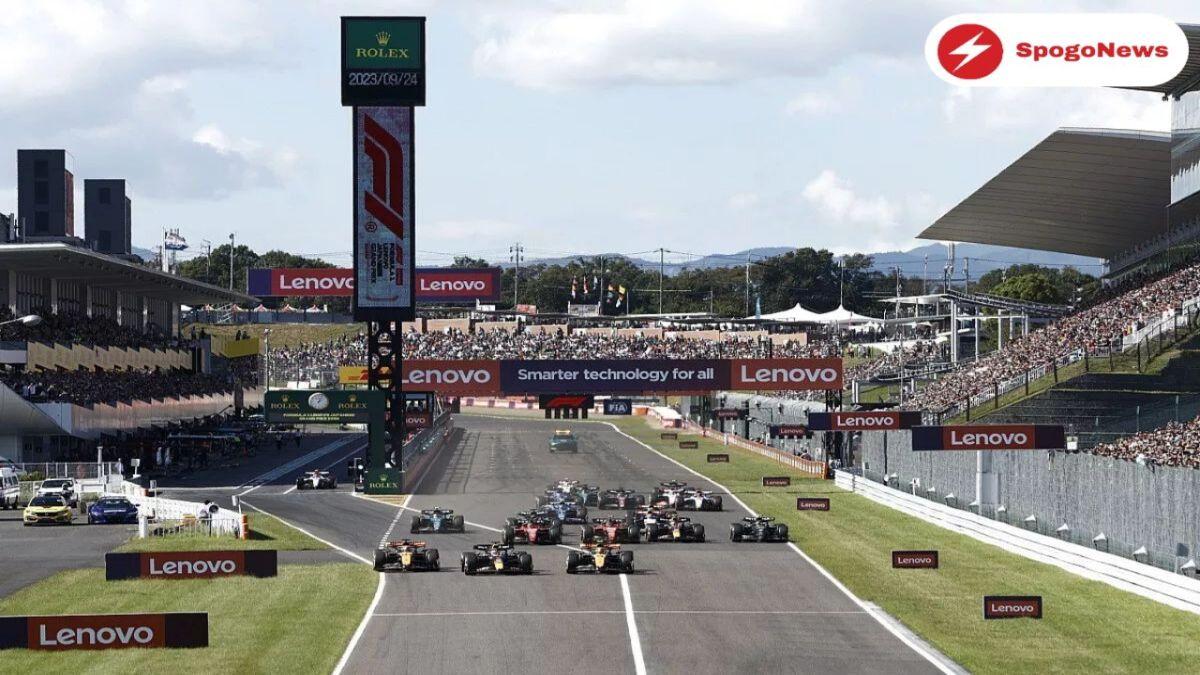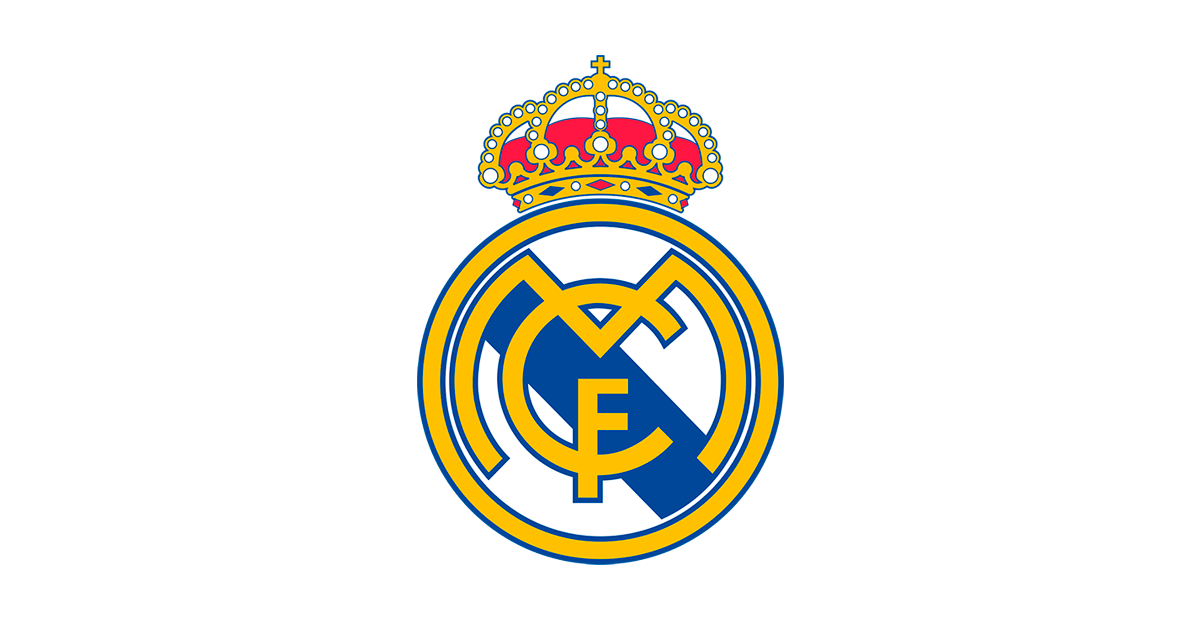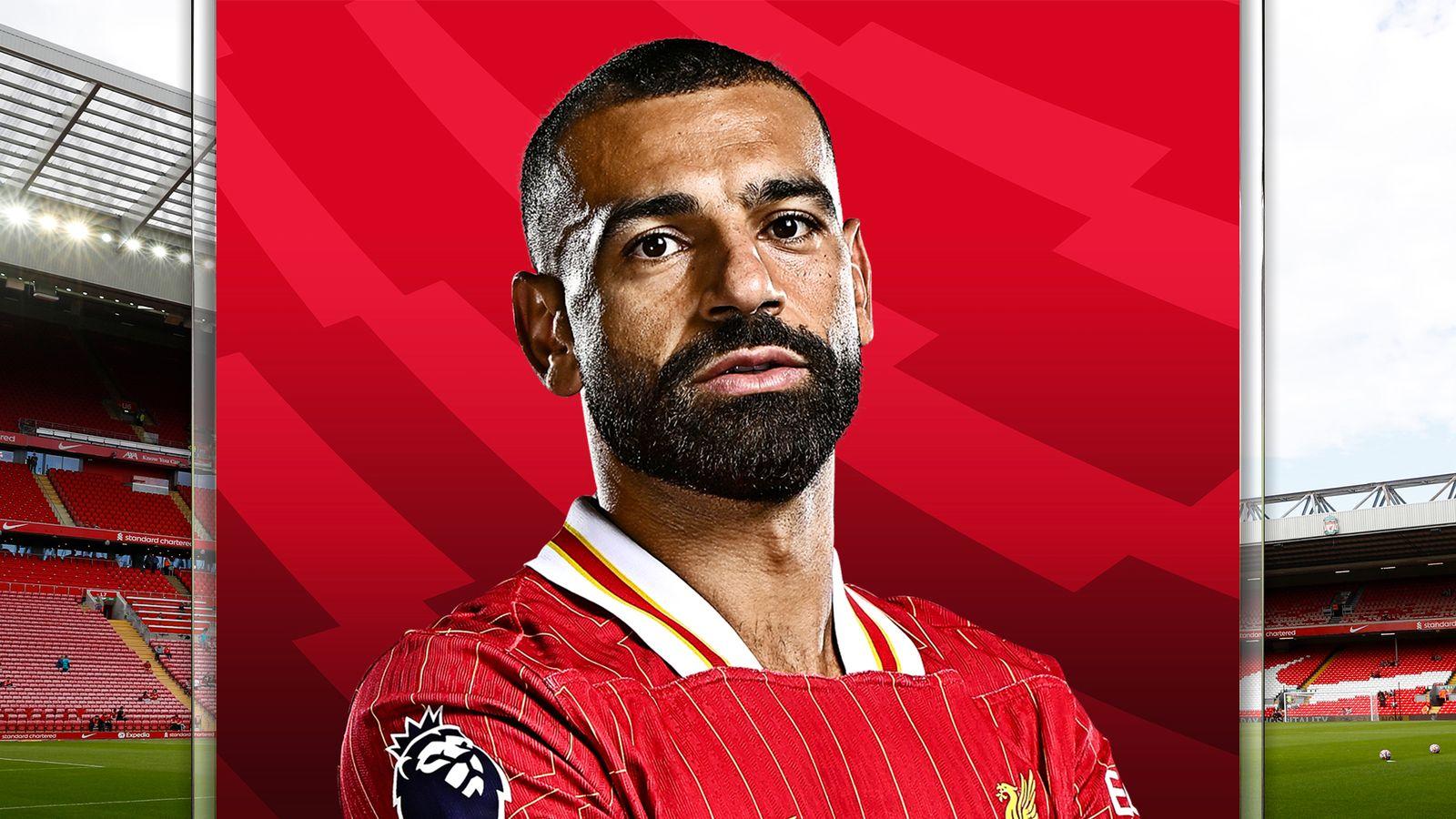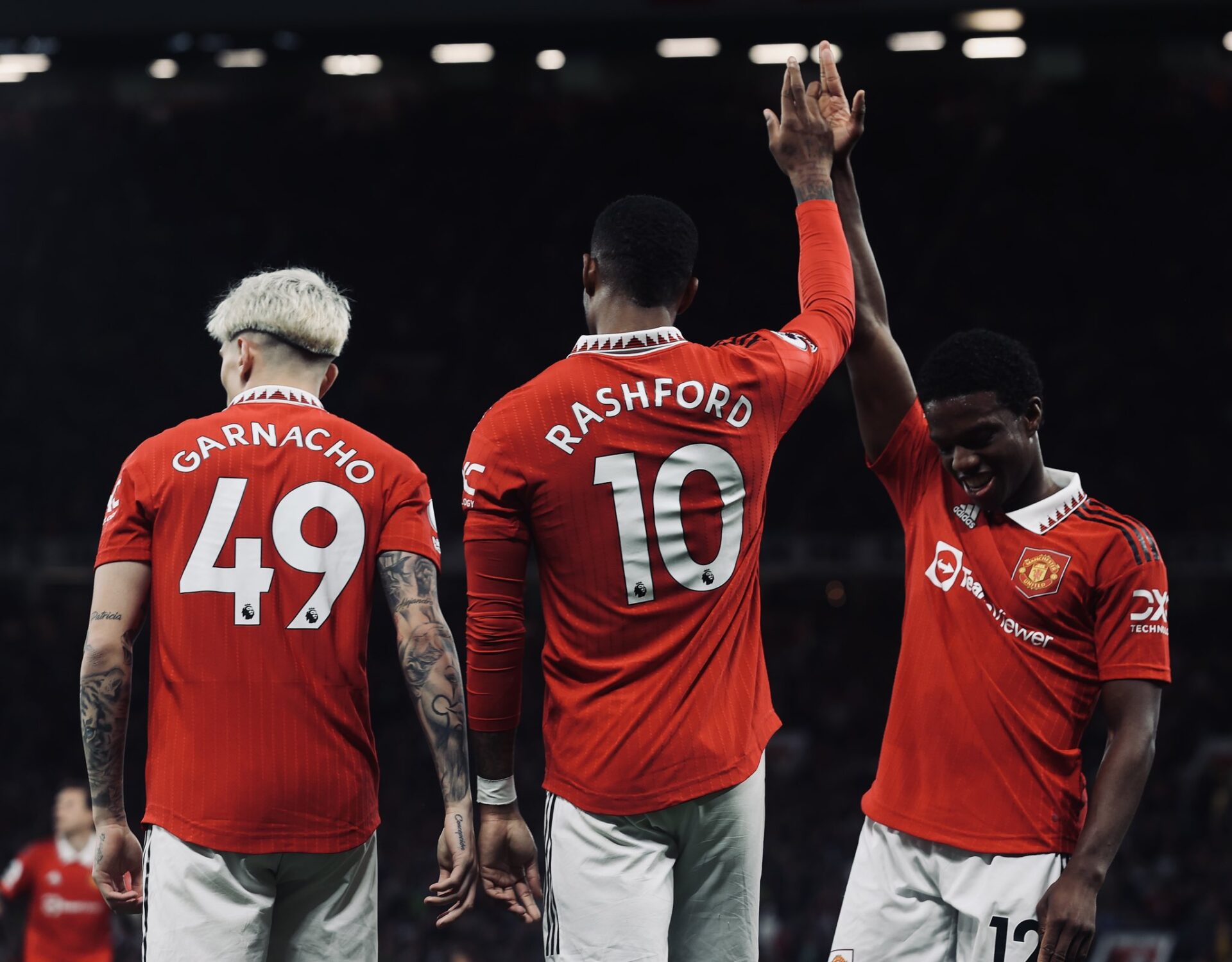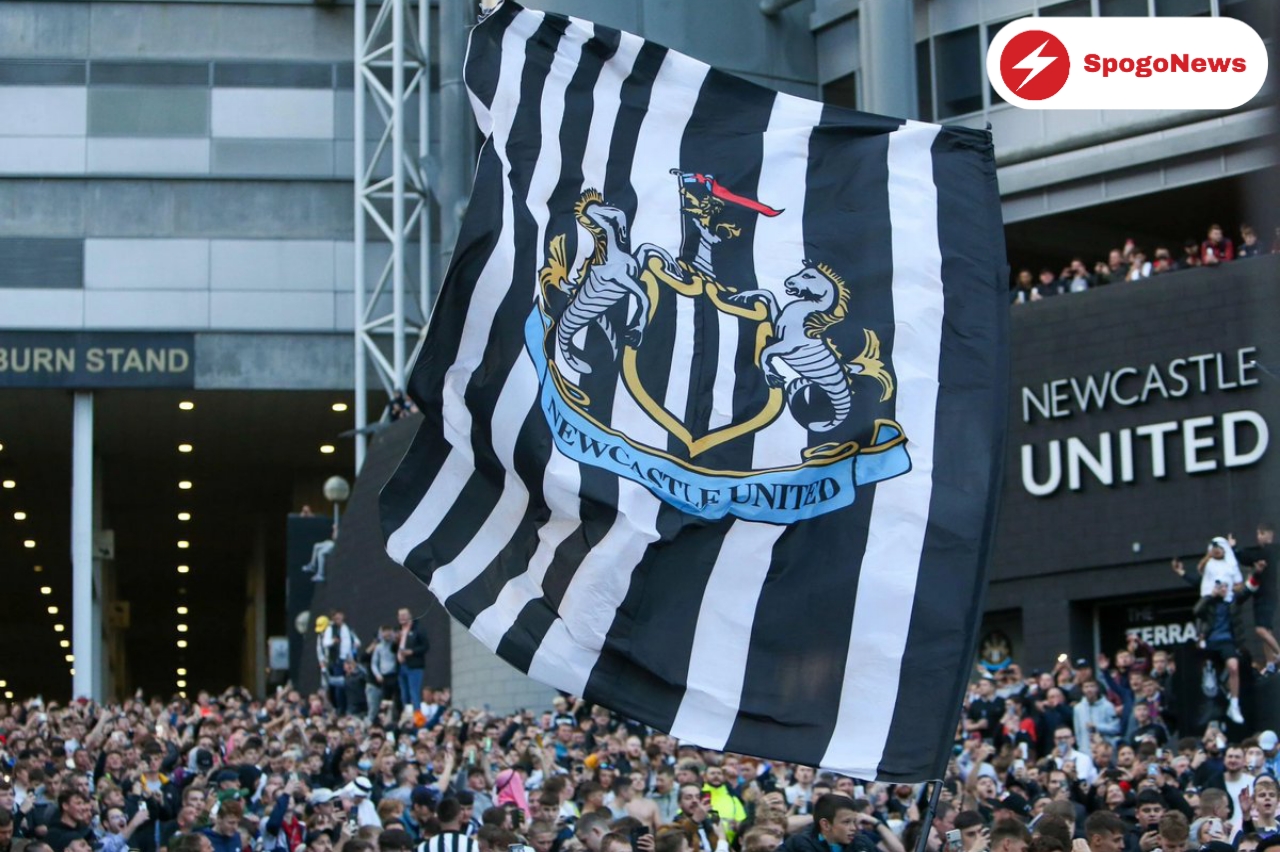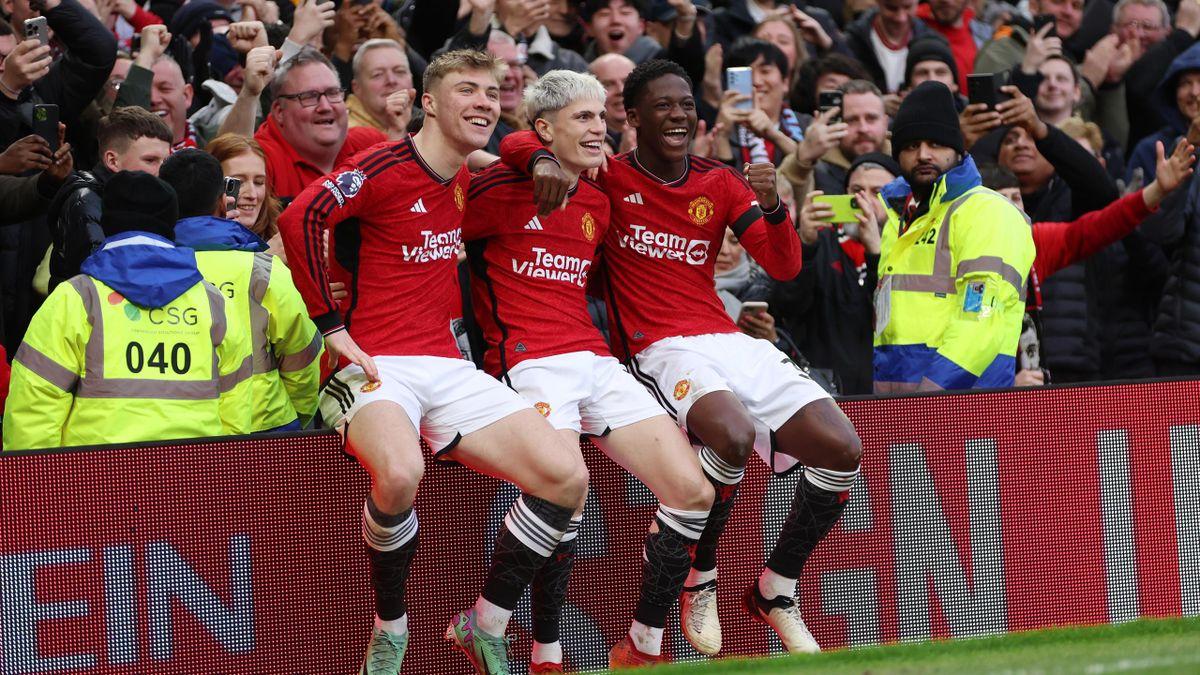(Motorsports news) Buzz Radar, a social intelligence organization, examined social media patterns over the last decade and discovered that the 2023 campaign has caused a major reversal in F1’s spectacular rise in recent years.
Buzz Radar’s analysis in a case study titled, “Have we hit Peak F1?” published on Thursday concluded that the 2022 boom – aided by the spectacular 2021 championship fight and new car rules – may probably mark a high point of interest in F1 for a time.
Using a combination of human analysis and AI data to examine F1 on social media over the last decade, including an examination of 70 million fan posts, it discovered that the championship has experienced its first drop in interest in a long time.
The figures for January to May for the past three years are:
| 2021 | 2022 | 2023 | |
| Mentions | 3.19m | 6.14m | 1.83m |
| New Followers | 624.27k | 911.15k | 489.37k |
| Social Reach | 35.63bn | 61.73bn | 22.16bn |
Buzz Radar said in the report: “The data comparison between 2022 and 2023 revealed significant drops in overall F1 mentions, as well as dismal numbers in the growth of new followers of high-profile accounts. The reach of F1-related content across various social platforms has also declined, in stark contrast to the consistent progress seen in previous years.” However, diminishing numbers are only part of the tale.
According to its research, social media mentions of Formula One were down 70.2% in the first five months of this year when compared to the same period in 2022, with new followers down 46.29% and social reach down 64.10%. It believes that there is a direct correlation between the tightness of an F1 title fight and how much it entices viewers to get involved, as F1 had such a drop-off in 2018 when Lewis Hamilton roared to victory.
“2016 was the most talked about season, until 2021, despite all the contributory factors of the Liberty takeover, Drive to Survive, and lockdown, because [Nico] Rosberg and Hamilton were battling closely,” it stated. “The season came down to five points. The conversation slowed between 2018 and 2020 while Hamilton dominated, then picked up substantially during the 2021 season; the closest championship since 2016.
“The final race decided both the 2016 and 2021 seasons.” 2022 rode the tide of close competitiveness that began at the end of 2021, but we are now witnessing the result of one driver supremacy once more. 2023 is currently on track to fall further behind, and this trend will continue until the race gets more competitive.”
While the social media figures for 2023 are far from ideal, the Buzz Radar analysis acknowledges that F1 has been extremely remarkable in terms of viewership growth over the last decade. Despite having only 23 events per year, it is among the greatest when compared to other prominent sports.
“Between 2016 and 2022, F1 grew its conversation levels by 80%, which was only bettered by the Indian Premier League (208% increase) and the UEFA Champions League (up 112%),” stated the whitepaper. “Remarkably, F1 achieved this despite hosting the fewest events of the top five, with 2022 conversation stemming from just 22 race weekends, compared to 285 NFL matches, including the Super Bowl, which is one of the most talked about sporting events in the world year after year.”


